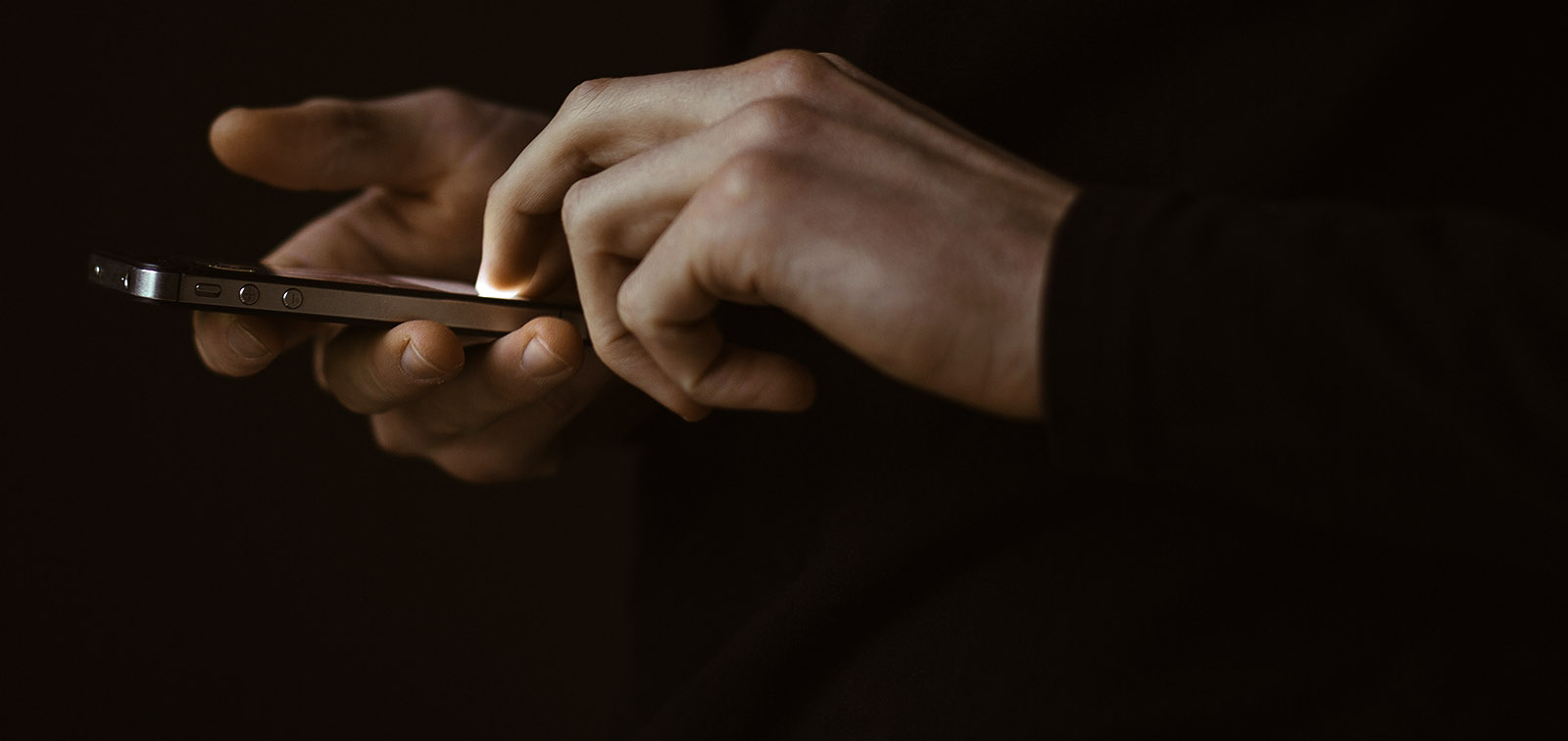The quality of the air will be questioned by Citizens’ Observatories in Barcelona
The CITI-SENSE consortium will begin working with Citizens’ Observatories in Barcelona and eight other European cities
09.03.2015

The quality of air that we breathe both in the outdoor public spaces and indoor school classrooms and buildings of our cities is to be questioned by Citizens’ Observatories as a product of the CITI-SENSE project.
Do you know the environment around you? Would you know what to watch out for if you know it is poor, and how to find out for yourself? Would you know how to improve living conditions for you and your community? These are questions that the CITI-SENSE project consortium would like you to try to answer, hoping that these answers will empower you for positive change.
The main objective of this project is to develop and implement air pollution and mobility sensors around the city and on people moving through it to get a better understanding of environmental quality in the participating cities (Barcelona, Belgrade, Edinburgh, Haifa, Ljubljana, Oslo, Ostrava, Vienna and Vitoria). 29 institutions from 14 different countries (including Australia and South Korea) have partnered for this purpose.
The consortium of the CITI-SENSE project, co-funded by the European Union’s Seventh Framework Programme, will meet in Barcelona from March 10th to 12th. They will make the final preparations for the main campaign which will put mobile and static air quality sensors in the hands of citizens. “So far we have had a lot of interest from community groups and schools to have these sensors to know the quality of their environment. This interest from schools is particularly important as students, being young children that are growing and learning, are one of the most susceptible groups of people to the effects of poor environmental quality on health. We would also like to have interest groups such as bicyclists and hospital outpatients take these sensors with them”, explains Dr. Tom Cole-Hunter, a postdoctoral researcher at CREAL, an allied ISGlobal research centre.
In the Barcelona study, led by CREAL, local actors Ateknea, Sensing & Control and urbanAir Bureau will provide to volunteers mobile and static sensors along with smartphone and web applications and other tools developed in the project. This will be done in the eight other European cities of this project. Starting to monitor in March and expected to open the Citizen’s observatories to the public by summer, the studies will run for a one year period. They will provide information that integrates data collected by the public with those from the other project activities into public service for advice on environmental quality, including real-time air pollution maps of the city. The information can be used in many ways, including public participatory art installations (the main interest of urbanAir Bureau). The consortium will be looking to the public for feedback on how to make such services truly useful.
“Joining the local and international partners of this project, related local initiatives will share their experience of community engagement with the consortium. These parties include CitizenSqKm, OpenSystems (UB), YahooLabs, and Smart Citizen. Additionally, Eva Perez will present the state-of-the-art air quality monitoring performed in Barcelona by the Generalitat de Catalunya”, explains Dr. Mark Nieuwenhuijsen, head of the Air Pollution program at CREAL, an allied ISGlobal research centre.
You can express your interest to have an air quality sensor in Barcelona by emailing citisense@creal.cat or calling technician Tania Martínez (+34 93214 7374).
More information:
https://www.facebook.com/BarcelonaCitObs
Image: CC Wikipedia / Eixample Barcelona



